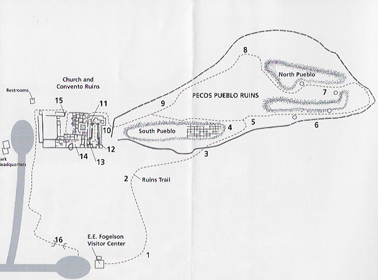
Location
In fenced field across from front of church (N35D32'59.670 X W1095D41'22.578)
Flowers first observed: 5/22/17
The Plant
The Plant w/Flowers
The Flowers

Distribution
"Dalamatian toad flax can adapt to a wide range of environmental conditions. It is most commonly found in rangelands, clear cuts, pastures, waste ar- eas, and along roadsides and fences. Toad flax favors disturbed ground, but it frequently occurs in excellent condition rangeland. Established toad flax is an intense competitor for limited soil resources. Vegetative shoots are not dependent on soil moisture and resist competition from native plants. Native plant community condition, therefore, may be inective in slowing Dalamatian toad flax expansion. It is important to locate new invasions early." (Montana State University)
Description
"Life Cycle: Dalmatian toadflax is a perennial with extensive roots that grows up to 3 feet tall and spreads by seed and lateral roots. The overall form of the plant is narrow and upright, with multiple stems growing from a single woody base. Snapdragon-type flowers are bright yellow tinged with orange and are 1 to 1.5 inches long. Seed pods, flowers and flower buds are often present at the same time. Plants have a long flowering period, generally May to August. Mature plants can produce up to 500,000 seeds and seeds remain viable in the soil for up to 10 years." (Wikipedia)
Ethnobotanical Uses
Food:
"Apache, Chiricahua & Mescalero Spice Leaves used as flavoring. Gosiute Unspecified Seeds used for food." (Moerman 201)
Medicine:
"Navajo, Kayenta Antidiarrheal Plant used for infants with diarrhea. Panacea Plant used as a life medicine. Pediatric Aid Plant used for infants with diarrhea. Navajo, Ramah Analgesic Cold, compound infusion of leaves taken for headache. Eye Medicine Cold infusion of leaves used as an eye wash. Febrifuge Cold, compound infusion of leaves taken for fever." (Moerman 201)
Internet Links

